Race and Inequality in US Politics, Part 2
An interview series with authors Hajnal, Hutchings and Lee
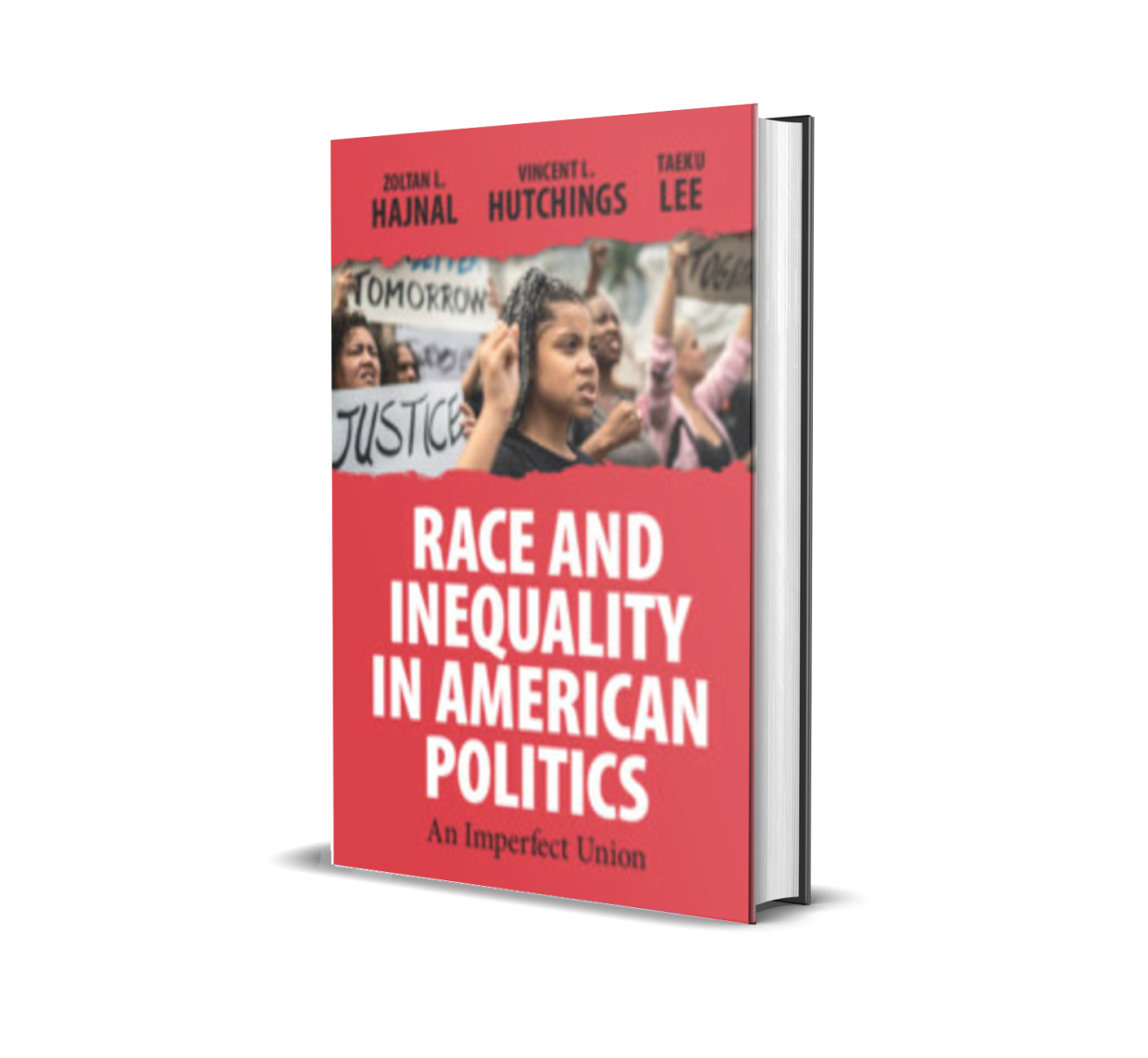
Authored by three of the USA’s most well-known scholars on American politics, this undergraduate textbook argues that racial considerations are today-and have always been since the nation’s founding-central to understanding America’s political system writ large.
We sat down with authors, Zoltan L. Hajnal, Vincent L. Hutchings, Taeku Lee, to talk about their new book, Race and Inequality in American Politics. In the second blog of a 3 part series, learn more about the pedagogical features and ways to engage your students. To read the rest of the series, click here.
Pedagogical Features and Student Engagement
What are the core teaching challenges related to race and ethnicity in this kind of textbook?
Zoltan Hajnal: One of the issues is what I’ll call preconceived notions or views or misinformation. And another issue is a reluctance to engage this somewhat touchy topic, right, especially given the polarization and divide that we see in American life and certainly classrooms today. So how do we address those two things? One way is going back to this open, honest investigation where we provide different arguments and different perspectives and then assess them. So, hopefully, in the textbook and in the classes that engage with this textbook, we’re allowing room for different perspectives to come through.
This also relates to the reluctance to speak up, right? Again, we’re starting with a question rather than an answer. So, if you have a different answer than the one that we ultimately get to, you’re still part of the conversation and free to begin the conversation with your perspective and answer. The textbook has a range of important avenues to get involved, like discussion questions at the end of each chapter. We also tie our questions on race to broader questions about American democracy.
What are some of the main topics you urge students to think about?
Taeku Lee: I think free and critical thinking is at the very heart of the American higher education system. We would expect no less than that the students and faculty who use our textbook would adopt the same precept. So, where’s the evidence incomplete? Where is our reasoning flawed? Where have we maybe got it plainly wrong? We would hope students from all political persuasions to read the pages of this book with an open mind, and we would also fully welcome feedback.
What chapter or element of the textbook do you feel will get readers the most engaged?
Vincent L. Hutchings: I think Chapter 1 does a very good job of and is designed in fact, to draw the reader in with a broad overview of the stakes for why it’s important to ask and try to answer these questions.
Taeku Lee: I would also add, that Chapter 1 is where we have the featured box on critical race theory, which is a good example of how students should think about a term that is publicly used, and how we as social scientists think about the political uses of the term and how we approach the ideas behind critical race theory in our textbook.
Additionally, the focused attention to particular aspects of social science analysis are interwoven throughout the book. So, there’s no one particular chapter that I would say features that. But we were also very honest when we were writing this textbook that the subject matter is not only sensitive, but heavy. And for many students, who are about as idealistic as they’ll ever be at the ages at which they’re taking this class, it’s also a potentially depressing subject matter. So, we wanted to have as our final chapter, a chapter that essentially covers the subject of how people and democracies, and our democracy in particular, over different times and in ways that social scientists have studied, can successfully exercise their agency and effect change. Beyond the quantitative social science aspects of the textbook, this chapter may also be one to direct professors to, who are curious about how students will digest the content of the entire text and may be driven to something with that they’ve learned.
How are social science tools in the methodology used?
Vincent L. Hutchings: There are a wide range of tools in the social sciences that are employed and we don’t necessarily employ all of them. We make use of surveys, election return data, experimental approaches where we’re able to zero in on the causal factors with a bit more precision, archival evidence, and historical documents We try to be as broad based as we can be.
Zoltan Hajnal: And I’ll just add that we’re also, to the extent possible, trying to explain to the students how we did the investigation or how you should think about analytically going forward.
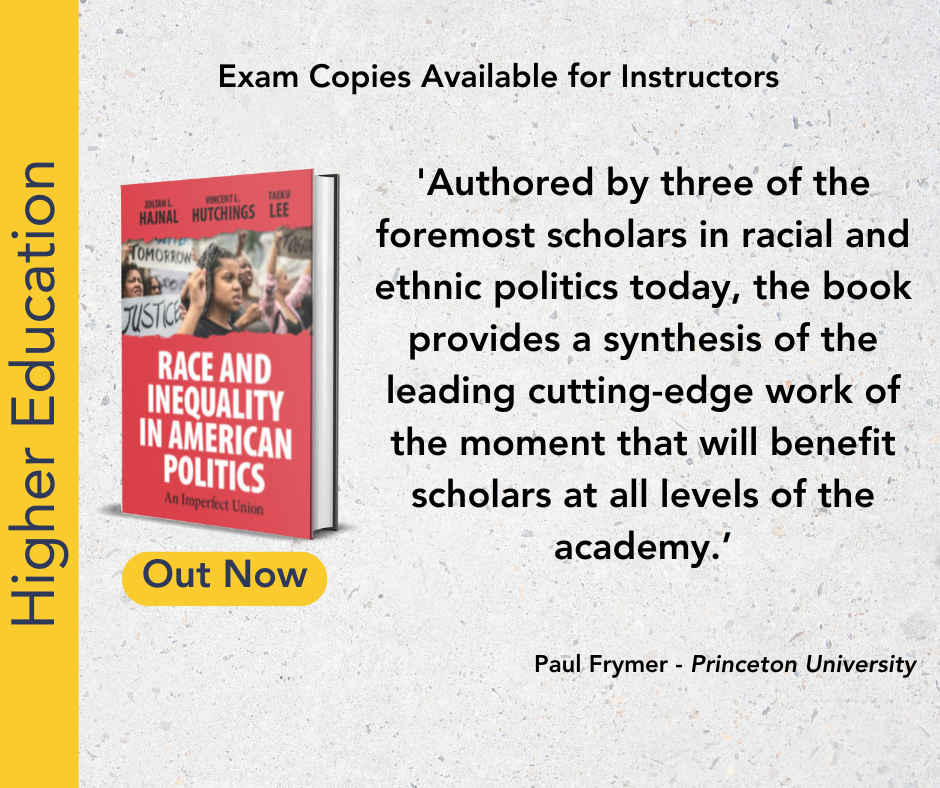
Read the previous blog in the series: ‘Introducing the Textbook‘
Read the next blog in the series: ‘Important Topics’
Race and Inequality in American Politics: An Imperfect Union
Explore instructor and student resources
PB £34.99/$44.99
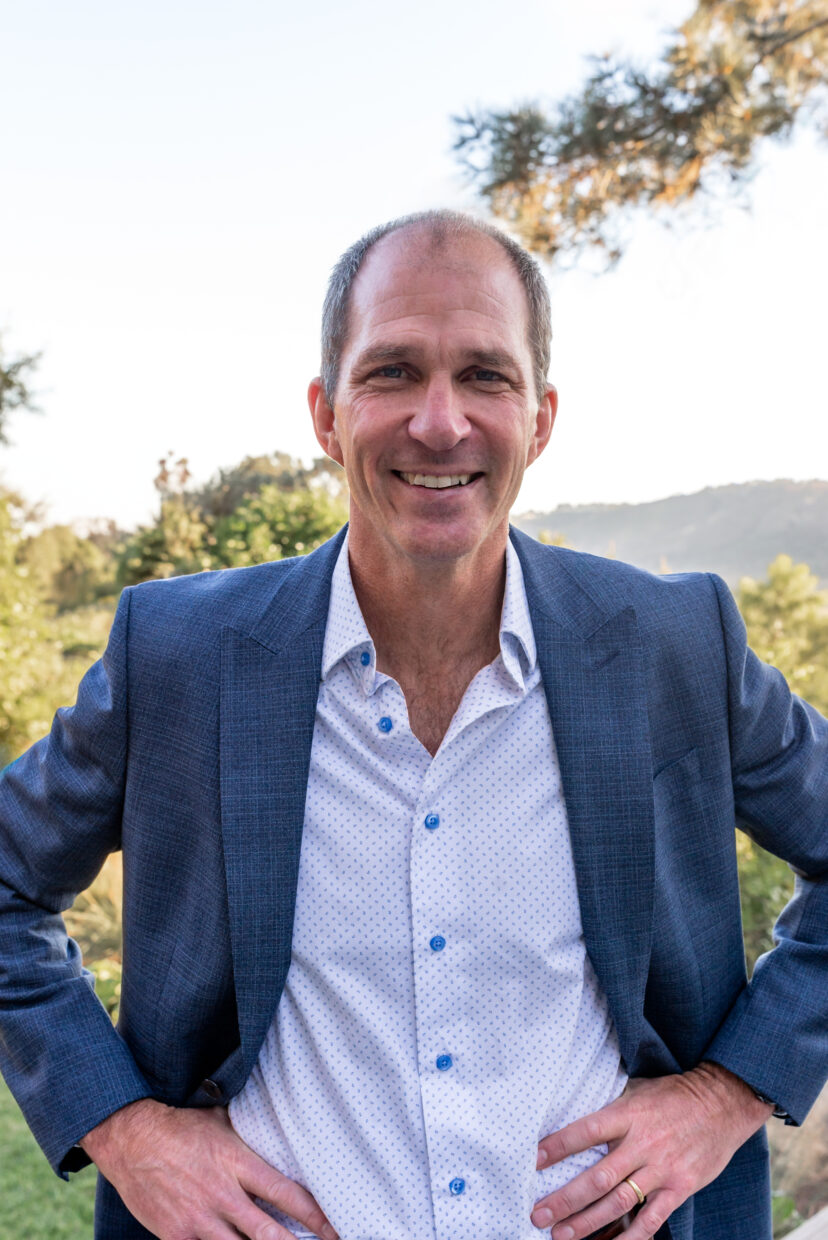

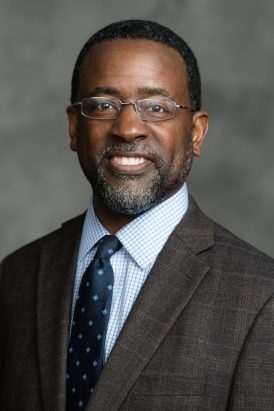
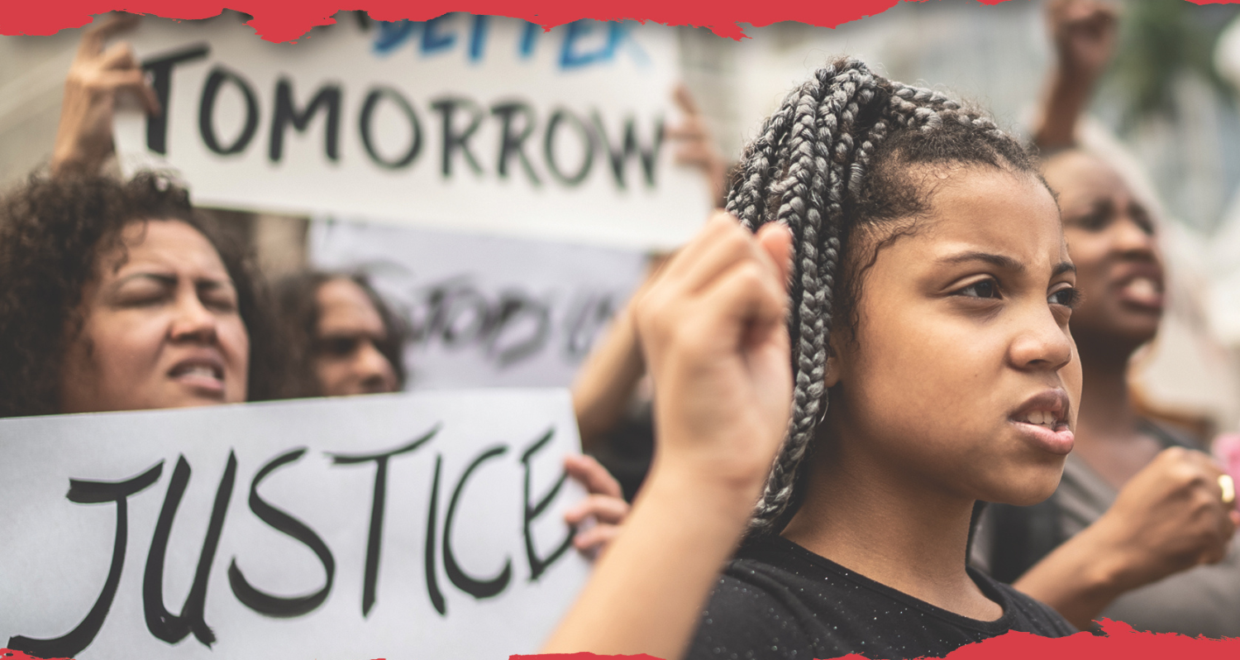
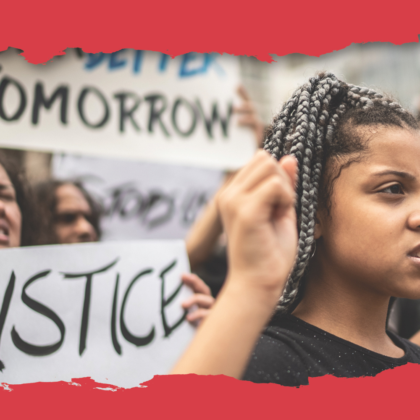
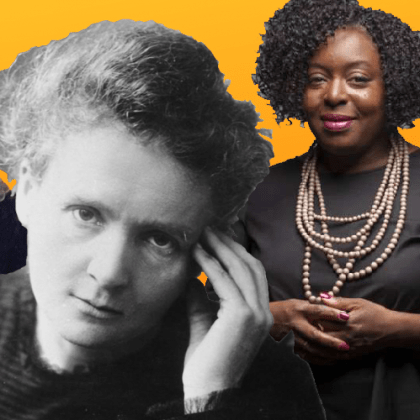



The way race and inequality intersect within U.S. politics is often oversimplified, so I’m glad to see a more nuanced and historical approach being put forth. It’s a reminder that we can’t understand political dynamics without considering these factors in depth.